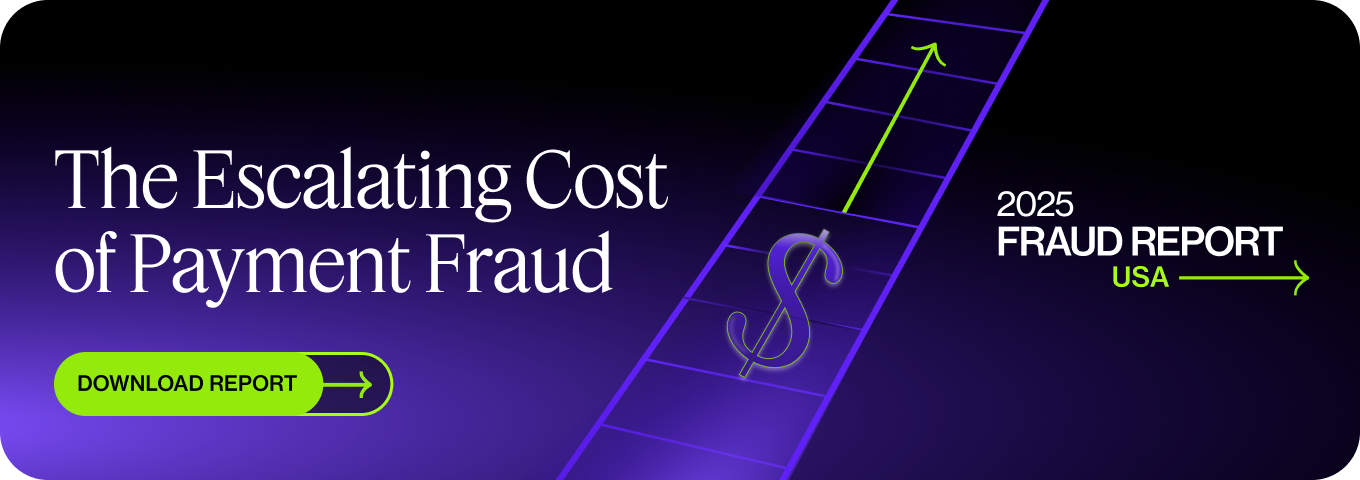56% of US companies were targeted by at least one fraud attempt in 2022. 12% were targeted by more than 10 attempts. These record-breaking figures prove it: the pace of B2B payment fraud isn’t slowing down, far from it.
How should companies address this growing concern? What measures and policies should be set up to fight fraud effectively?
Find best practices in our exclusive 2023 survey report about B2B Payment Fraud in the US, crafted with our strategic partner GIACT and led by Treasury & Risk. Find expert insights and key takeaways to fight fraud efficiently in 2023.
In 2022, 6 companies out of 10 were targeted by fraud attempts in the US
The risk of payment fraud is a reality for most companies: in 2022 it affected more than 50% of companies in the US. Additionally, corporations that were a victim of fraud attempts were generally targeted more than once.
These growing numbers can be explained by changes in the way fraudsters operate. They’re more sophisticated and tech-centered than they were a decade ago. The nature of the threat has changed and keeps evolving every day.
55% of companies targeted by fraud attempts indicated changes in supplier information on legitimate payment as the way the fraud was perpetrated. Fraudsters send an email impersonating a supplier and asking to change their bank account information for example. This underlines the importance of having solid supplier account validation processes.
The impact of fraud goes further than financial loss
B2B payment fraud affects companies in various ways.
The first obvious impact is financial loss. In 2022, 24% of companies victims of fraud lost more than $100,000, and 5% lost more than $1 million. Unfortunately, funds are rarely recovered, especially when they stem from international or instantaneous transfers.
But 39% of companies also point to issues with suppliers as a major impact of B2B payment fraud. The impact on suppliers can be mistrust, damaged communications, or even legal action if the fraud isn’t detected for some time and the supplier doesn’t receive payment.
The overall reputation of a defrauded company can easily be tarnished and damage customer or investor relationships.
Understandably, 82% of company senior leaders consider fraud prevention to be an important priority. Setting up the right policies and systems to fight fraud isn’t a nice to have anymore: it’s a necessity.
Companies still rely on manual and inefficient processes to prevent fraud
Faced with these alarming trends, companies are responding by setting up many internal policies. In fact, 53% have changed their internal payment initiation and approval processes.
However, most companies still resort to human callbacks to verify changes to supplier account information. A very manual and time-consuming process that can’t guarantee 100% safety against fraud.
On top of that, supplier account validation is still associated with specific moments of the supplier lifecycle like onboarding. Only 20% of companies control supplier information before placing an order, before payment campaigns, or once in a while just to check.
This a real paradox, considering that a large portion of successful fraud attempts is perpetrated through information changes on legitimate payments. Controls of supplier credentials should be done continuously, with a special focus on payment campaigns: this is where automation comes into play. Having dedicated software to block fraud is the most effective way to ensure systematic account validation and secured payments.
On a larger scale, US companies consider the training and education of their employees as a top priority in their fight against fraud. And while training is indeed necessary for all companies, it’s not enough if you don’t have the relevant tools.
Fraud events are expected to increase in 2023, asking for adequate safeguard measures
More than 50% of US companies think payment fraud attempts will increase over the next year.
Possible reasons include the risky economic and geopolitical context, a gateway for fraudsters.
43% of companies see the sophistication of BEC and social engineering attacks as the main obstacle to fighting fraud successfully: this shows awareness regarding the evolution of fraud itself. However, it’s also a paradox compared to the proportion of companies that think training and education will be their primary approach to resolving fraud.
Companies already use several technologies to manage fraud risk among which are controls built into their ERP or TMS, payee-positive pay, and ACH filters. Controls integrated into ERP and TMS software are a very efficient way to block payment fraud. On top of being automated and secure, they save time and enable finance teams to focus on high-added-value tasks.





